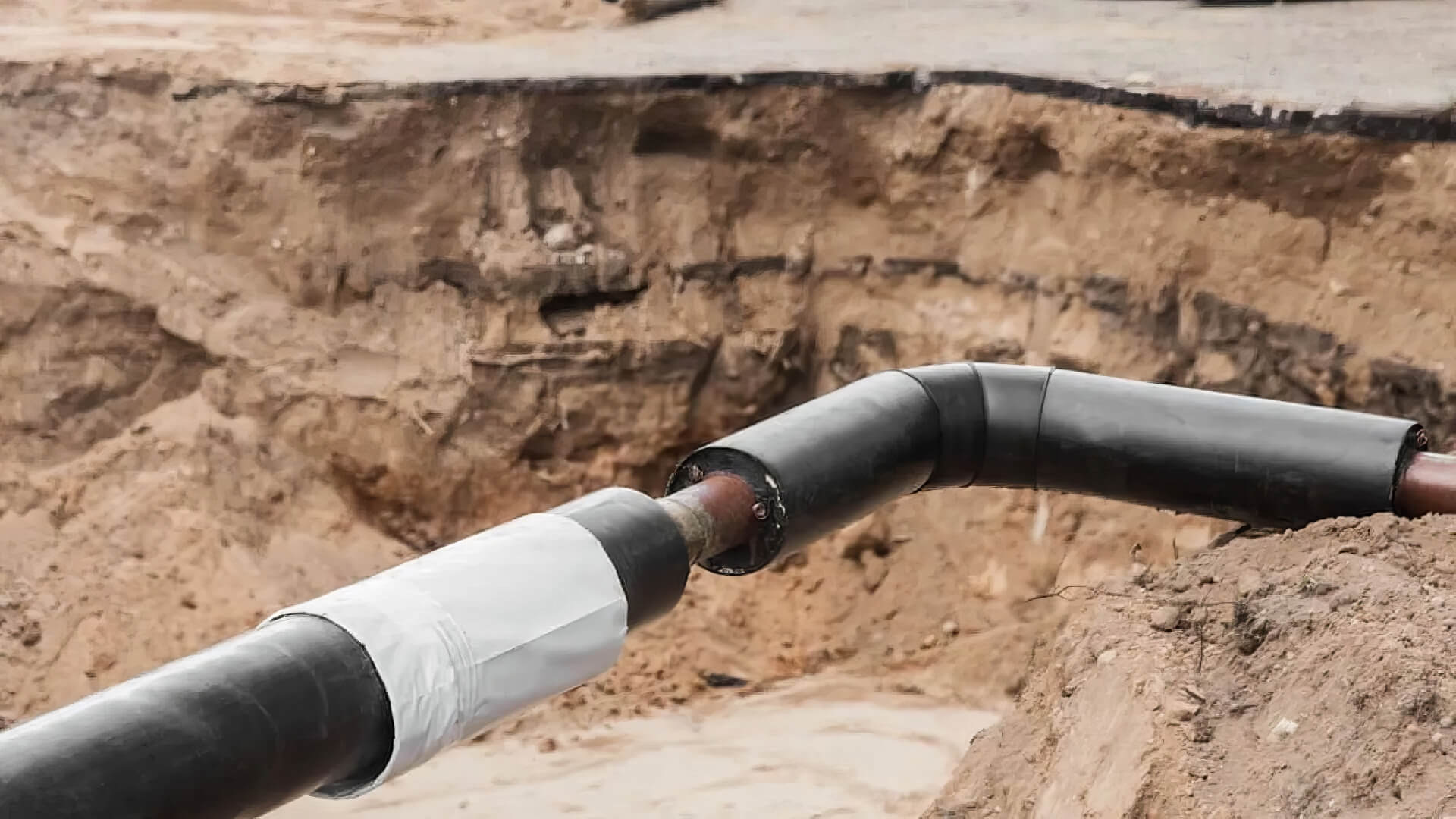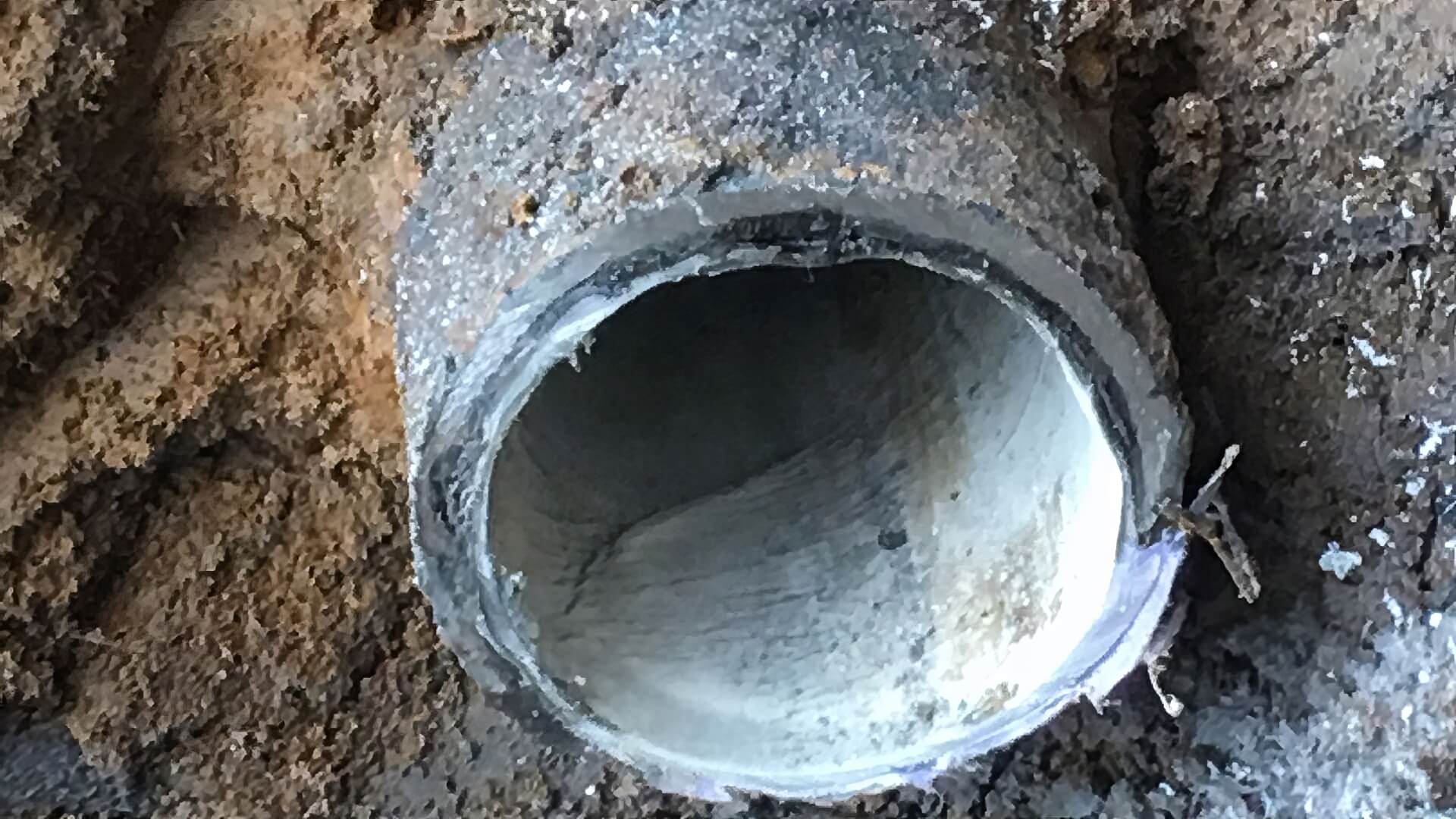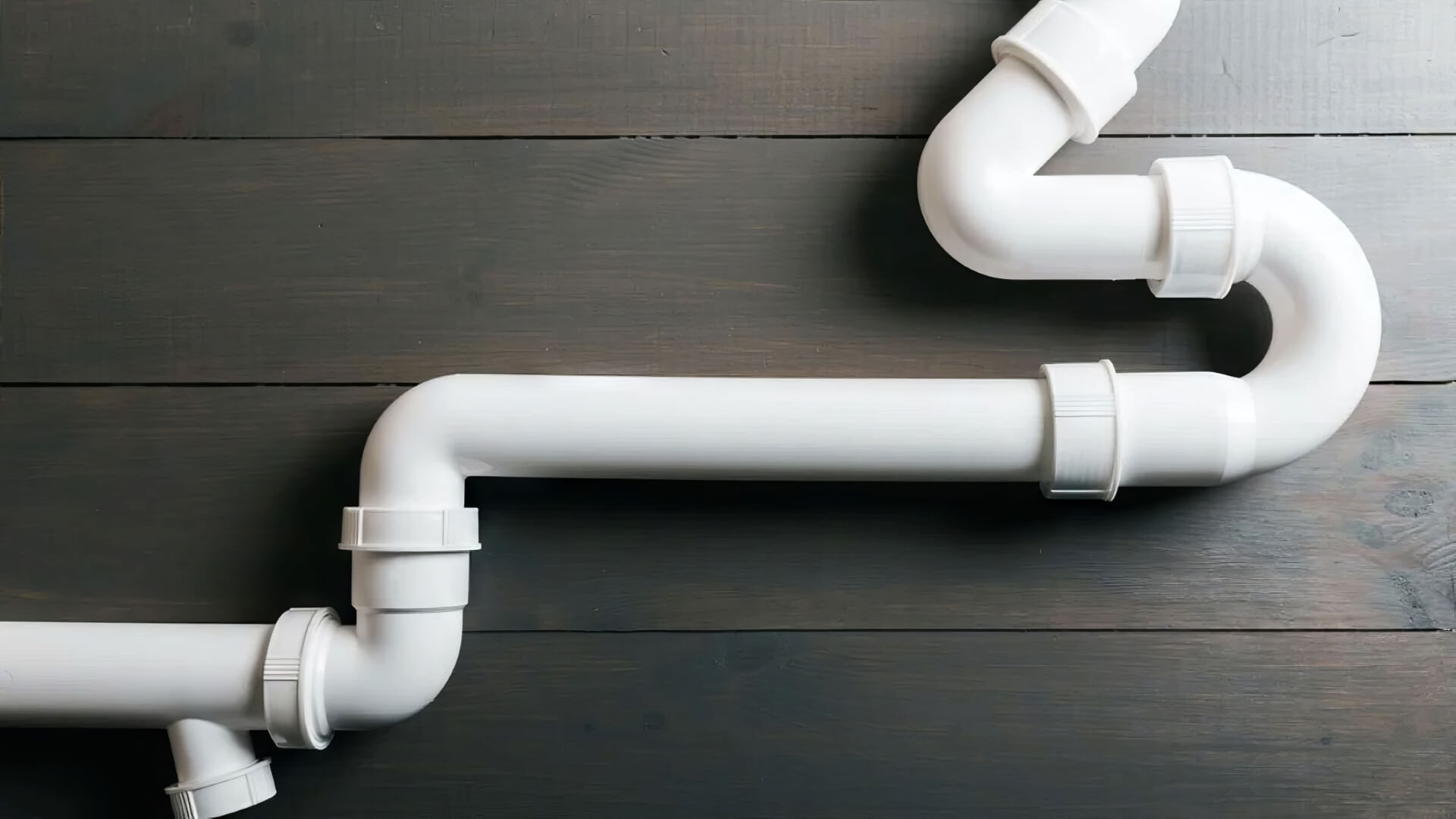Introduction to Gas Cooktop Installation
Gas cooktops offer rapid heating and precise temperature control, outperforming electric models. This precise control enhances simmering and searing, surpassing electric induction methods.
Ensuring a safe and compliant installation, especially when upgrading to a new model, requires a licensed gas fitter. Attempting a DIY installation risks gas leaks, fire hazards, or failing to meet regulations. Our skilled team at Beverley Park Plumbing has the expertise to safely connect your gas stove oven for peak performance.
Our precise gas cooktop installation process includes meticulous countertop preparation, unit securing, and leak testing.
Installing a new gas cooker involves clearance checks, proper gas line connections, ensuring ventilation, and functional testing. If you’re in Beverley Park and need a new gas cooktop installation, simply call us on 1300 349 338 to book an appointment with our skilled gas fitting professionals.
Safety Regulations and Compliance for Gas Appliances
Gas appliance installations in New South Wales must comply with AS/NZS 5601.1:2013, the Australian Standard for gas installations. It covers the use, handling, storage, and distribution of fuel gases, along with the necessary testing, commissioning, and certification.
A principal rule maintains that all installations, including turning off the gas cock for your new appliance, call for a certificate of compliance from a licenced gas fitter. The compliance certificate ensures your new appliance installation aligns with the AS 5601 standard. It is critical evidence of compliance, and a copy should be provided after any new gas cooktop installation.
Neglecting to meet gas fitting regulations can lead to turning the off gas cock and calling your local gas professional’s assistance to rectify the issue and avoid penalties. Only fully licensed gas fitters holding a gas work licence are authorised to install or maintain gas appliances.
Our plumbers and gas fitters at Beverley Park Plumbing hold comprehensive certifications and are skilled in connector fitting installations, in line with NSW Fair Trading standards. We always obtain the necessary compliance certificates to ensure the proper completion when installing new cooktops, with safety and operational guarantees.
Preparing the Installation Area
Prior to the service to install your gas cooktop, ensuring that you properly prepare and check your workspace supports a seamless installation and guarantees safe appliance function. This preparatory step includes safety measures and evaluating any connections to fit existing conditions when replacing old units or potential obstructions.
The first step is to engage the gas shutoff valve mechanism and turn off gas supply at the main valve. This measure is taken to switch up gas flow and eliminate the risk of any leaks occurring during the installation of your existing cooktop. To guarantee a leak-free connection, you’ll need pipejoint compound to carefully wrap all threaded male end connector fitting components.
Inspect beneath the counter cutout area for any electrical wires, junction box, gas pipe components, or other potential obstructions that could impede the placement of the new unit. Refer to the installation instructions concerning minimum clearance requirements near the gas port around the cooktop.
Cover countertop surfaces with protective materials to preserve the area previously occupied by your old cooktop, considering their durability. Take out your drawers or base cabinets directly beneath the cooktop to prevent damage from tools or dropped parts. Verify that nearby walls or overhanging cabinets offer sufficient clearance for proper ventilation, which may include hot water heater connections, once the cooktop is operational.
Our technicians, with sufficient space to manoeuvre, will concentrate on securely and efficiently installing the new cooktop in your kitchen.
Measuring and Preparing the Countertop Cutout
Closely following the gas electric installation instructions to measure and can cut the countertop space is crucial for the setup of your new cooktop. Refer to the installation manual to ensure the new cooktop fits the cutout dimensions based on your cooktop model.
Ensure the countertop cutout matches standard cooktop widths of 76, 91, 122, or 152 cm. A standard cutout depth of 58 cm offers enough clearance for gas and electrical connections.
Maintain at least 10 cm between the rear cutout edge and any combustible backsplash. Ensure side clearances from combustible surfaces comply with the manufacturer’s guidelines.
After ensuring adequate clearance space around the planned cutout location, use a straight edge and pencil to mark neat cut lines on the countertop.
Carefully cut the hole with a jigsaw, which is often the preferred tool when installing gas cooktop, circular saw or hole saw drill attachment. File down any rough edges. Clean up dust or debris before attempting cooktop installation.
Once you’ve secured your countertop opening accurately gauged, our proficient technicians will position your gas cook top and establish a secure gas connection, alongside the needed electrical hookups.
Securing and Installing the Cooktop
Once you’ve verified alignment with your kitchen’s dimensions, carefully lower the cooktop into place. Centre the cooktop into opening of the countertop, ensuring perfect alignment. The edges should fit flush without any overhang.
You can also secure the cooktop as you set up using mounting brackets included with the unit, usually one for each corner. Adjust the height positioning and angle as needed to get a perfectly aligned and level fit. Some cooktops use a perimeter sealant or adhesive tape instead of brackets to ensure stability.
Consult the installation instructions for precise methods of securing, akin to when assembling a stove oven, to ensure a firm installation.
If the unit includes prong connectors for the gas and electrical hookups, ensure you have disconnected from the fuse box and turned off their respective main supplies.
Attach the gas connector to the flexible gas line that leads to the gas regulator, ensuring a safe and regulated gas flow. Hook up any wiring in compliance with electrical standards, and apply pipe sealant to assure your gas stove functions flawlessly. Alternatively, use teflon tape to ensure a tight seal and prevent gas leaks.
Once your gas cooktop is fully installed into the countertop cutout, begin hooking up the main gas line to check for leaks within the gas piping system. Our technicians stay on site during installation, ensuring each connection adheres to your gas compliance standards.
You can use soapy water along the black gas pipe connections, just as you would when replacing an old gas cooktop, and watch for any formation of bubbles. Turn on the cooktop after attaching the brass adapter to the wok burner caps, to verify all burners ignite and operate properly.
Testing for Gas Leaks
Ensuring there are no gas leaks goes beyond mere installation; it’s a critical safety aspect, particularly when integrating a new gas stove into your home. We use an electronic gas detector or special leak detection spray solution to check all connections and fittings.
Activate the gas supply and light the stove’s burners. Brush or spray the soapy solution over welds, joints, valve connections, and flexible gas line fittings. Vigilantly observe for bubble emergence, which might suggest there’s a gas leak, providing clear evidence that there gas leak within the connection.
If you detect a leak, immediately shut off the gas supply. Replace any faulty components to resolve the issue. Tighten fittings and reapply sealant if needed to stop the leak. Recheck until satisfied there are no leaks before attempting to ignite the cooktop again.
Be aware of other potential gas leak indicators like the smell of rotten eggs. If a dangerous leak is expected in the home, evacuate immediately and contact the fire brigade and gas company from outside. Our technicians remain onsite throughout testing to ensure complete safety compliance.
Understanding Clearance Requirements
Sticking to the clearance specifications is pivotal when ensuring your cooktop can operate safely and efficiently. Australian Standard AS/NZS 5601.1:2013 specifies minimum distances that must be maintained between the cooktop and surrounding combustible surfaces like cabinets or walls. This helps prevent fire risks.
A minimum of 50 mm clearance is required from the cooktop edge to the counter front. Maintain at least 50 mm of side clearance from combustible vertical surfaces.
Overhead range hoods need to have a clearance of 650-700 mm above the cooktop.
Inadequate clearance during gas cooktop installation can violate safety regulations. Combustible materials too close to the cooktop may overheat from the burners. Our technicians adhere to Australian standards, meticulously measuring clearances for safety and compliance.






